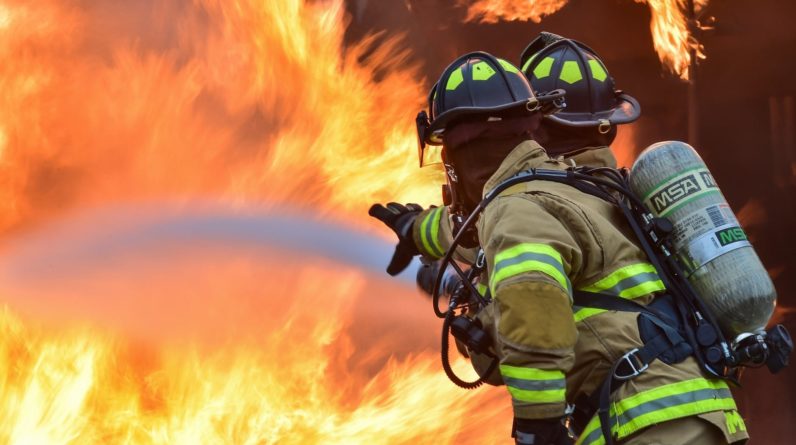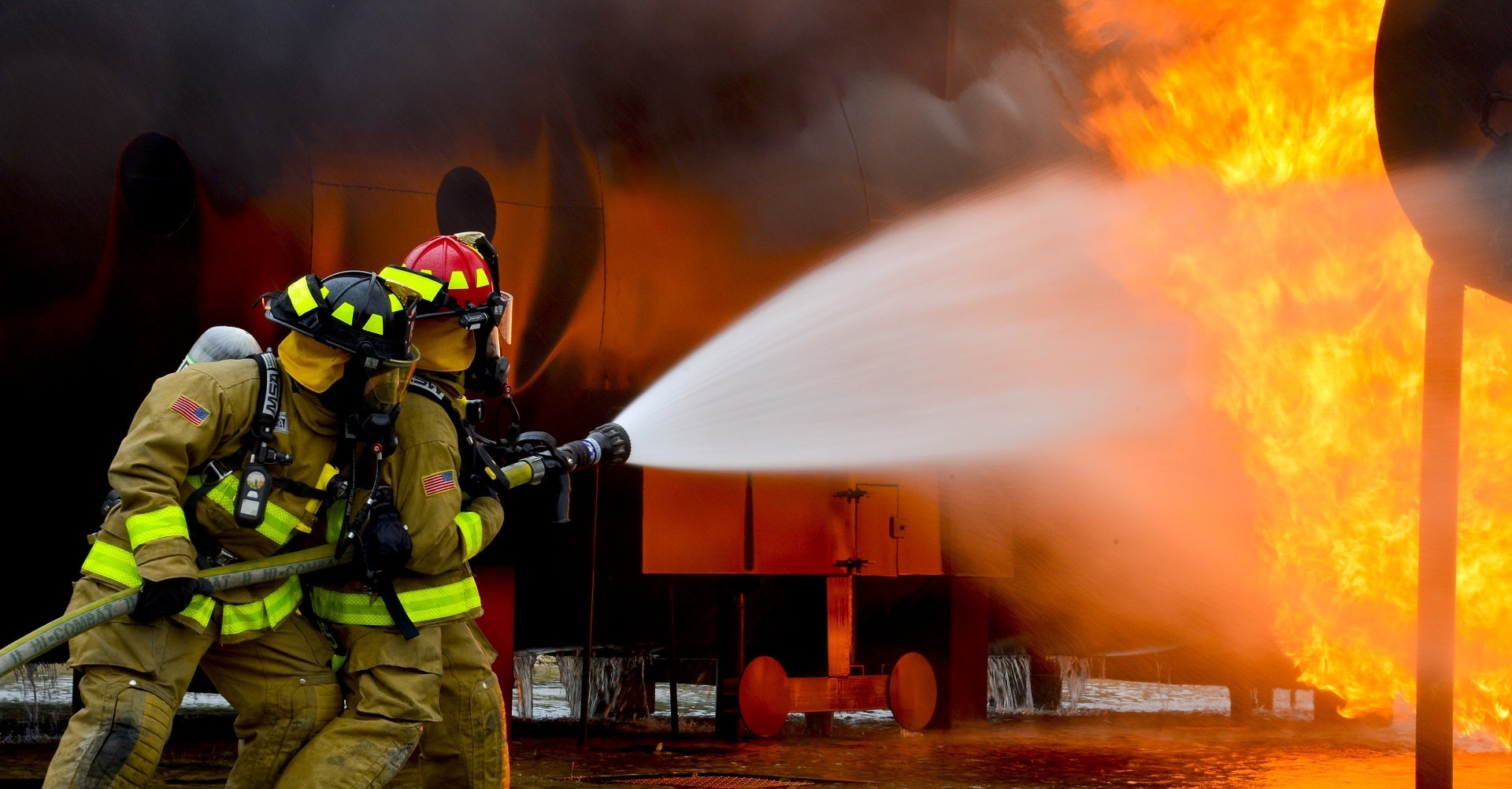
Modern Firefighting techniques
Fire is a chemical reaction that required scientific techniques or methods to stop this ongoing chain of chemical reactions. The techniques required to stop this chain are getting modern day by day because of practical research in the field of health and Safety. The old methods for firefighting have become now outdated as modern several firefighting techniques are replacing them.

The below-mentioned techniques are for safety professionals who are serving either in the public or private sectors or in any organization.
- Offensive Firefighting
- Defensive Firefighting
Firefighters and Rescuers always love to work in Offensive Firefighting mode with proper safety. If you are the incident commander at the incident site, it would be your prime responsibility to decide on mode selection either Offensive or Defensive. The incident commander shall take this big decision after performing the proper risk assessment. All components will be considered particular to the incident. Rescuers and Firefighters are practicing these techniques all over the world.
Offensive Firefighting Methods
1- Fog Attack
The firefighters use a nozzle setting on the hose to make fog. This fog attack method is suitable for a compartment fire having no wind or ventilation i.e. fire in a closed room, store, apartment, etc. Firefighters all over the world also used this type of technique for the purpose to clear vision in a short time and this is a modern firefighting technique.
2- Indirect Attack

Fire with the hidden seat in some particular cases shall require this method of firefighting. In such scenarios, the firefighters attack the nearby object or wall in such a way that the water is reflected at the fire. The water will absorb the heat of the attacking surface and disrupt the heat balance and vapors will form which shall absorb the energy.
3- Direct Attack
The most commonly known and practiced method, the first approach of laymen or even the firefighters remained this method. Firefighters attack directly at the seat of fire with a non-interrupted supply of extinguishing material i.e water, powder, etc. This technique gives high efficiency if used in a place having no ventilation or wind.
4- Combination Attack
Fire reaction emits various gases which depend upon the nature and burning materials in the fire reaction. These emitted gases start gathering at the top surface in case of compartment fire and block the vision. The fire professionals in case of closed facilities prefer to use these techniques with professional skills. The cause to prefer this method is to avoid the explosion caused as a result of the sudden burning of these gases. Both; direct and indirect methods of firefighting are used at a time.
5- The ‘Two Lines In ‘ Method
In major fire incidents, when incident commanders have sufficient firefighting teams having excellent modern firefighting techniques and resources this technique is suitable for firefighting. Two different teams with a two-line attack at the fire, one team attacks at gases or smoke and the other at the seat of the fire to get quick results.
All these techniques would be applicable if the fire is beyond the scope of Fire extinguishers of any type.
Defensive Firefighting
The defensive firefighting method is like defending yourself or your property from loss. The firefighting professional avoids this method unless there is no way out for safe firefighting. So, this mode is not commonly practiced by professionals.
Advancement in Firefighting Equipment
Firefighting Drones with Thermal Imaging Cameras
One of the most exciting advancements in firefighting technology and techniques is the use of modern drones. Thermal imaging cameras can be equipped on these drones to detect hotspots and pinpoint the location of the seat of the fire. They can also assist firefighters in mapping out the extent of a fire and devising strategies for containing it. In addition, drones have the capability to release water or fire-retardant chemicals from the sky, enabling an aerial attack on the flames of open areas.
Modern Fire Equipment-Fire Gear
In terms of equipment, modern firefighters are using high-tech gear that is lighter, more durable, and more protective than ever before. For example, fire departments are equipping firefighters with self-contained breathing apparatuses (SCBAs) that have advanced sensors capable of detecting dangerous gases and providing real-time feedback to the firefighter. Furthermore, firefighters are donning lighter and more breathable protective clothing that maximizes protection while allowing for greater mobility.
Nowadays, modern firefighters are also discussing whether can firefighters have beards or not as it may cause hurdles in wearing SCBA.

Hi, I am John Smit a Captain in Fire Department City of Newyork with over years of experience in the field of Firefighting and HSE. My passion for fire safety started when I was a young boy and witnessed a neighbor’s house go up in flames along with precious lives. Since then, I had dedicated my life to ensuring the safety of buildings, properties, and individuals in case of a fire and medical emergencies.





